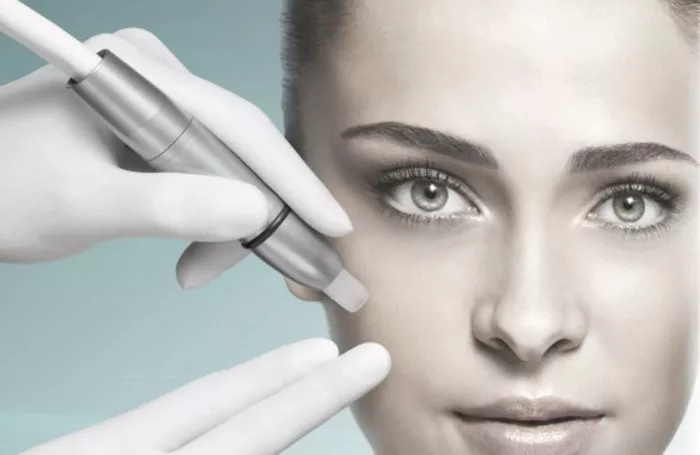Microdermabrasion is a popular cosmetic procedure that has gained widespread recognition for its ability to rejuvenate the skin’s appearance. While it is considered a non-invasive treatment option, many individuals wonder if their skin will peel after undergoing microdermabrasion. In this article, we will explore the intricacies of microdermabrasion, its effects on the skin, and whether or not skin peeling is a common outcome of this procedure.
Understanding Microdermabrasion
Microdermabrasion is a minimally invasive cosmetic procedure that involves the mechanical exfoliation of the topmost layer of the skin. It is designed to remove dead skin cells, reduce the appearance of fine lines and wrinkles, improve skin texture, and address issues such as acne scars, sun damage, and uneven pigmentation. The procedure is typically performed by a trained skincare professional using a handheld device that exfoliates the skin with fine crystals or a diamond-tipped wand.
The Process of Microdermabrasion
During a microdermabrasion session, the handheld device gently abrades the outermost layer of the skin, known as the stratum corneum. This layer consists of dead skin cells and acts as a barrier to the absorption of skincare products. By removing this barrier, microdermabrasion allows for better penetration of topical treatments, making them more effective.
Does Skin Peel After Microdermabrasion?
The question of whether skin peels after microdermabrasion is a common one among individuals considering the procedure. The answer, however, is not straightforward. While microdermabrasion is intended to exfoliate the skin, it typically does not result in visible peeling in the way that chemical peels or more aggressive treatments might.
Microdermabrasion is a gentle and gradual exfoliation process. It removes dead skin cells, but the extent of peeling varies from person to person. Some individuals may experience mild flaking or shedding of dead skin cells in the days following the procedure, while others may not notice any visible peeling at all. The absence of significant peeling is one of the reasons why microdermabrasion is often referred to as a “lunchtime” or “no downtime” procedure, as it allows individuals to resume their normal activities immediately.
Benefits of Microdermabrasion
Improved Skin Texture: Microdermabrasion helps to smooth the skin’s surface by removing dead skin cells, revealing a brighter and more youthful complexion.
Reduced Fine Lines and Wrinkles: The exfoliation process stimulates collagen production, which can lead to a reduction in the appearance of fine lines and wrinkles.
Even Skin Tone: Microdermabrasion can help fade hyperpigmentation and reduce the visibility of age spots and sun damage.
Minimized Pores: Regular microdermabrasion treatments can help unclog and minimize enlarged pores, resulting in a more refined skin texture.
Enhanced Product Absorption: After microdermabrasion, skincare products can penetrate the skin more effectively, maximizing their benefits.
Post-Microdermabrasion Care
To maximize the benefits of microdermabrasion and minimize the risk of any adverse effects, it’s essential to follow post-procedure care instructions:
Sun Protection: Wear sunscreen with a high SPF to protect your newly exposed skin from UV damage.
Moisturize: Apply a gentle, hydrating moisturizer to keep your skin supple and prevent excessive dryness.
Avoid Harsh Products: Refrain from using harsh or abrasive skincare products for a few days following the procedure.
Stay Hydrated: Drink plenty of water to keep your skin hydrated from within.
Conclusion
In summary, microdermabrasion is a cosmetic procedure that aims to improve the skin’s texture, tone, and overall appearance by gently exfoliating the top layer of dead skin cells. While some individuals may experience mild flaking or shedding of skin cells after microdermabrasion, it typically does not result in significant peeling, making it a convenient and low-downtime option for skin rejuvenation. To ensure the best outcomes, individuals should follow post-procedure care instructions and consult with a qualified skincare professional for personalized guidance on their skincare journey.


